X
Critical design is a practice that questions the way our world works. Often translated into the creation of an object. Usually not being functional but to trigger discussion. Criticizing, reflecting, and re-defining. Focussing on the present and current design and social trends. To ask and raise questions, without having a specific answer. To encourage the public and people of influence to reflect on possible outcomes.
Speculative design also questions the way of our world, but with a more future-oriented vision. Mainly focussing on new technology and science, and exploring what this could mean for the future. But speculative design can also be focused on different presents, alternative histories, various political situations, and the outcome of all of this. Not hoping for these versions of reality but to use it as a tool of thought, an experiment to think about what could be. Researching things and societies that don't exist yet. To explore possibilities, often by putting their design into an everyday context, in order to start discussion and debate.
Speculative design often contains satire and comes across as uncertain and vague. This is done on purpose in order to evoke the spectator's curiosity and imagination.
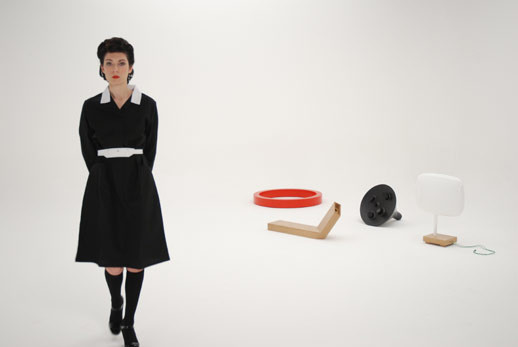
Left to right, top to bottom: 1. Anthony Dunne & Fiona Raby. Designs for an Overpopulated Planet: No. 1, Foragers. 2010. 2. Anthony Dunne, Fiona Raby. Robot 1 from the Technological Dreams Series: no 1, Robots project (Model). 2007 3. Anhony Dunne & Fiona Raby. Robot 4: Needy One, 2007 Technological Dream Series: No. 1, Robots. 4. Ted Hunt, Luke Sturgeon, Hiroki Yokoyama. Synthetic Temperaments of Drones, 2014. 5. Anthony Dunne & Fiona Raby. Not Here, Not Now: Publi-voice. 2015. 6. Anthony Dunne & Fiona Raby. Faraday chair. 1995. 7. Superflux. Uninvited Guests. 2016. 8. Pinelopi Papadimitraki. Silicone Valley. Breaking Techno-Mediated Habits.2019. 9. Judit Tompa. Dinner-Data. 2018. 10. Didier Faustino. ‘Doppelgänger.’ 2011. 11. Louise Knoppert, PROEF. 12. Anthony Dunne & Fiona Raby. Anarcho-Evolutionists … Will people bio-hack their bodies to maximise their physical capabilities? 13. Jessica Charlesworth. "Our Bio Age." 14. Jessica Charlesworth. “Ambient Traces.” 15. Shau Heng Li. Bee Hospital.
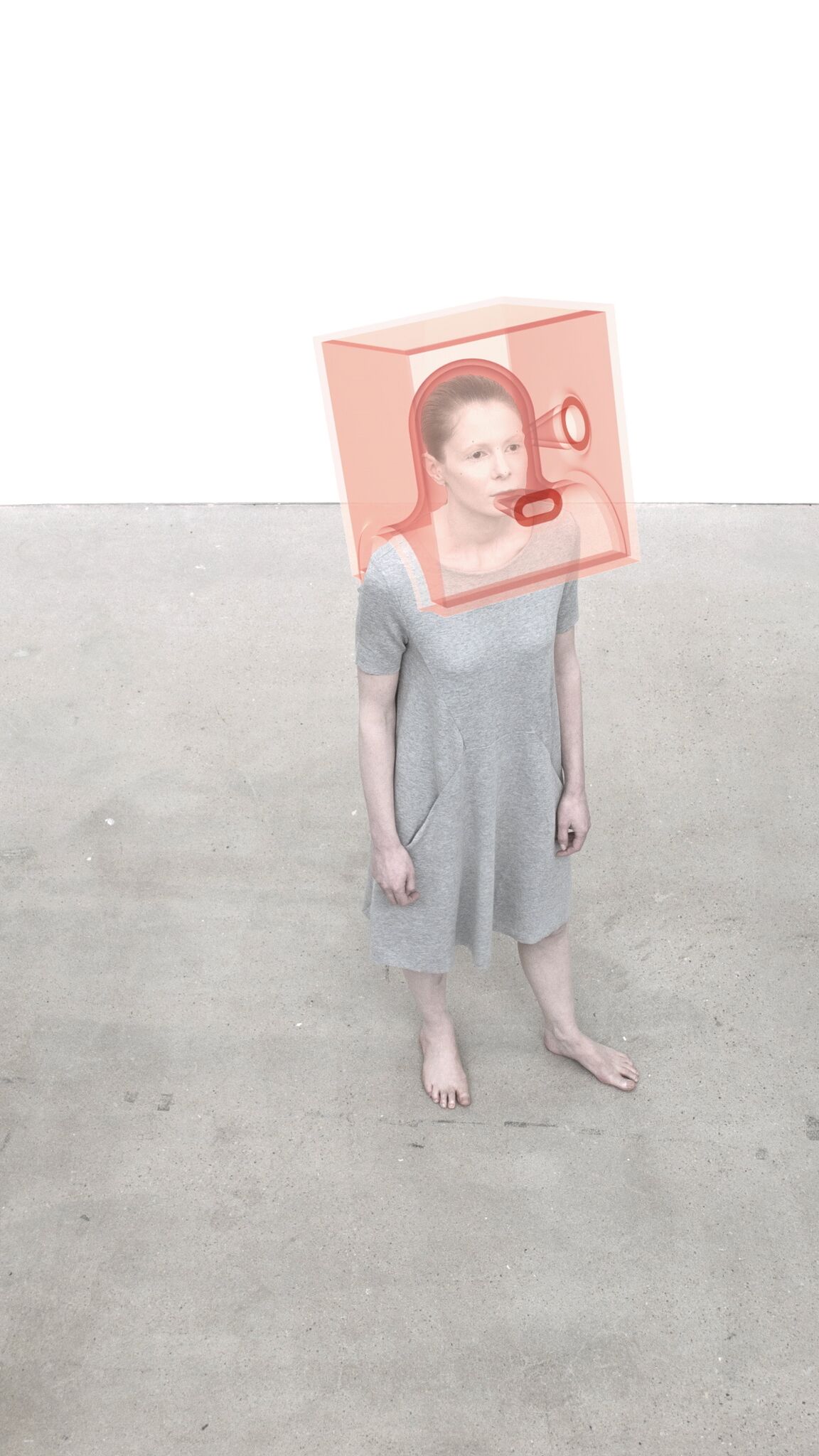
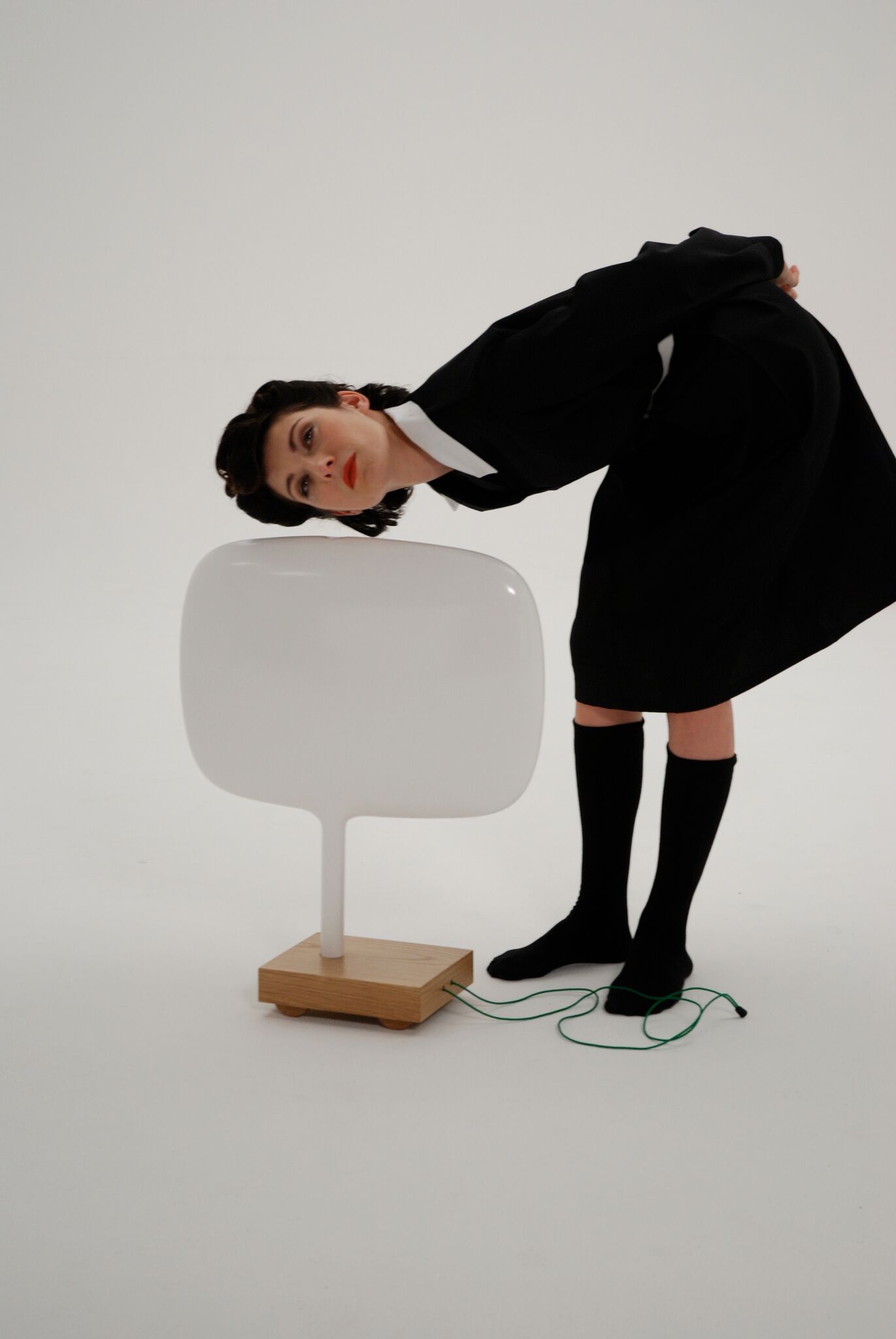
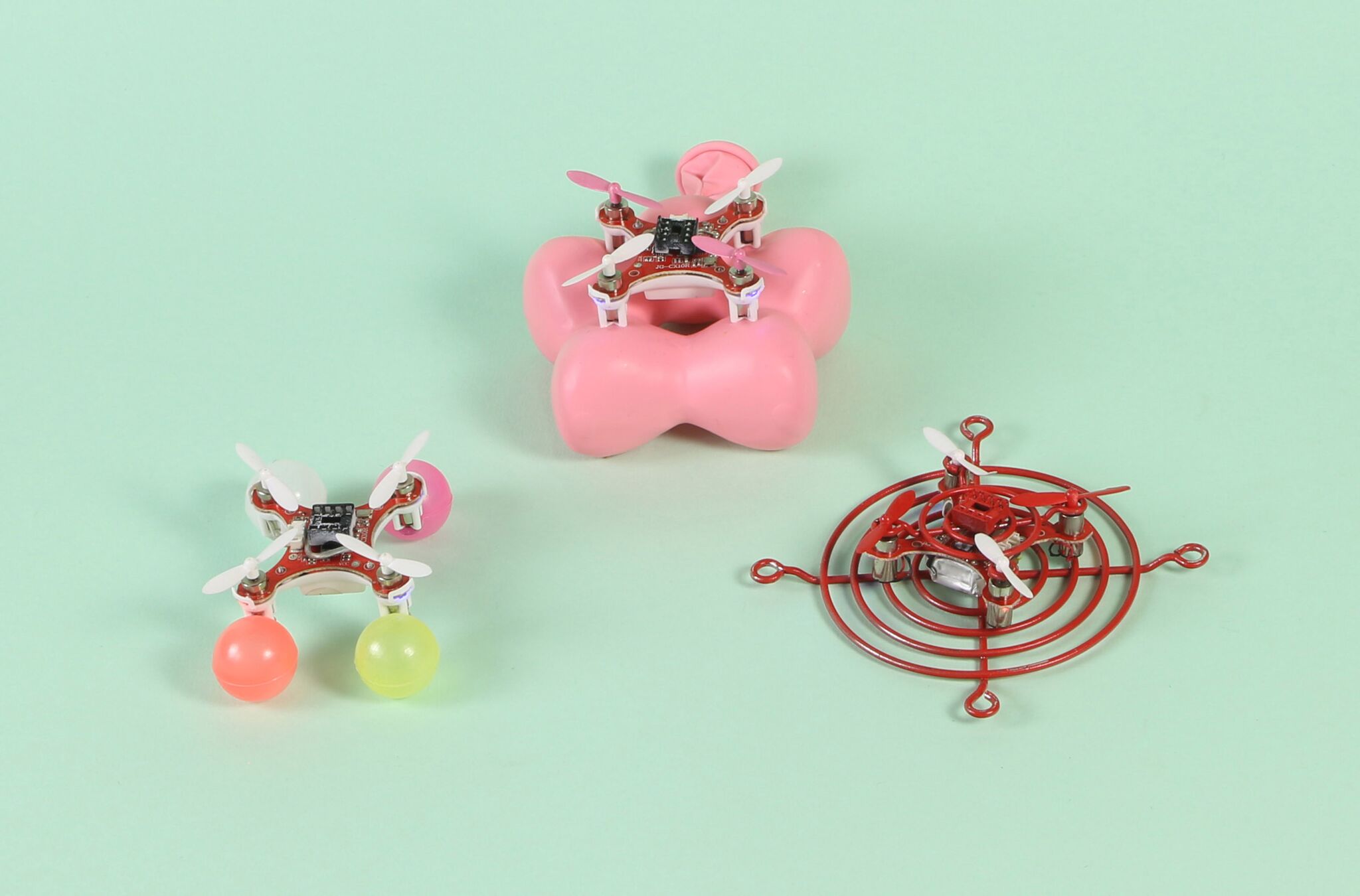
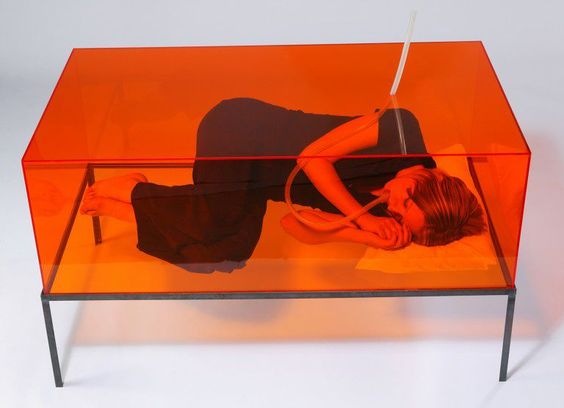

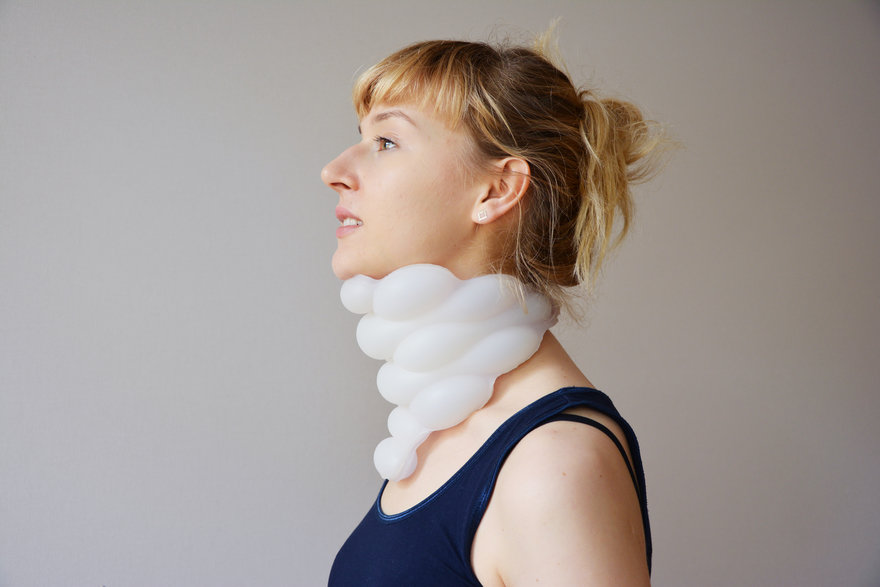
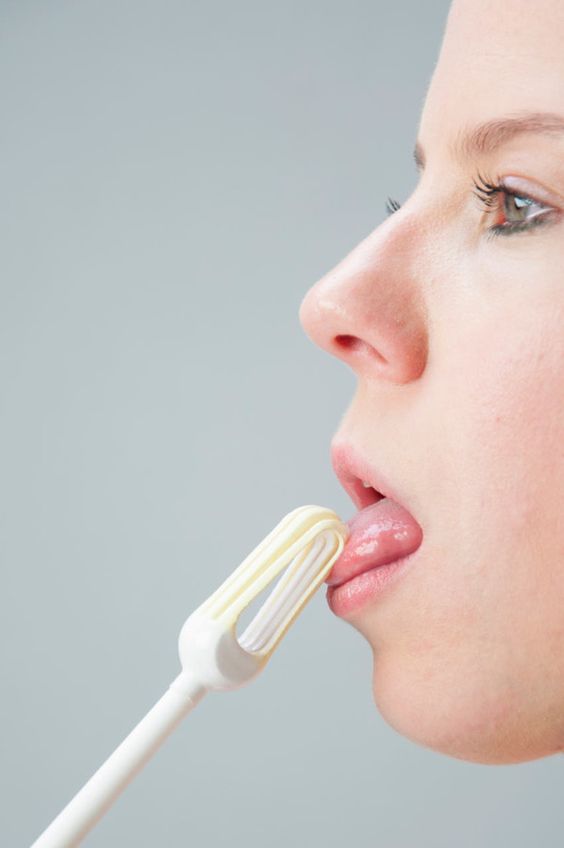
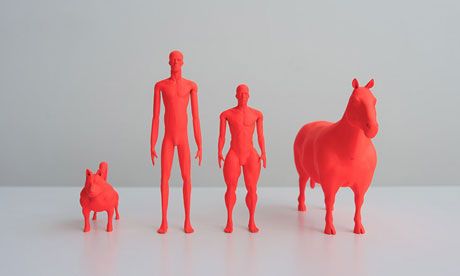
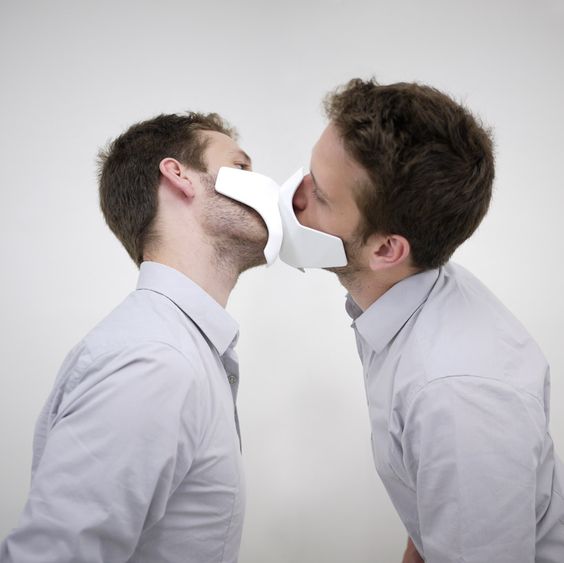
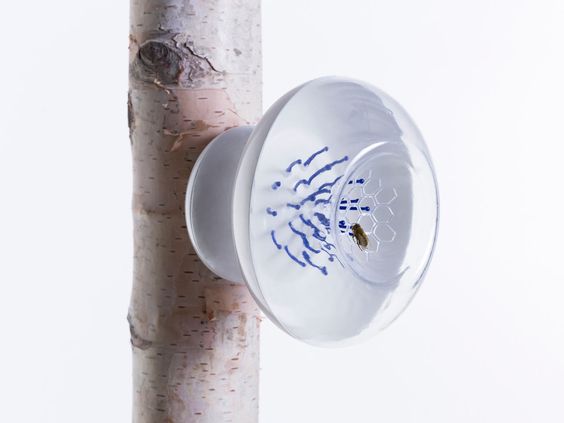
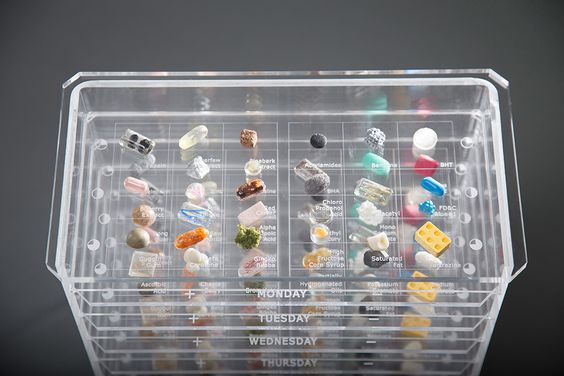
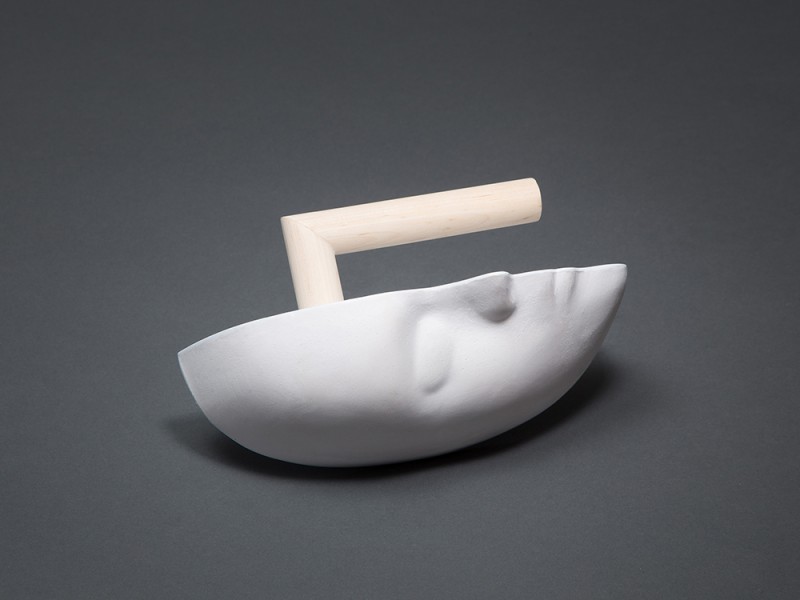
Rory Bain. ““What if?”: Understanding Speculative Design.” Medium.com, 2019.
I watched 'Interstellar' (2014) by Christopher Bolan and 'Annihilation' (2018) by Alex Garland. And read 'The Illustrated Man' (19651) by Ray Bradbury, 'The Machine Stops' (1928) by E. M. Forster. I did this because I wanted to get familiar with speculative thinking and have some examples I could refer to.
Scenarios that were intriguing:
A new virtual reality nursery, which can produce any environment the children imagine. The children obsess over one specific environment.
Astronauts stranded on Venus, where it would rain continually and heavily. Their only hope being 'sun domes' a shelter with a large artificial light source. They go mad by the unrelenting rhythm of the rain on their search for a sun dome.
A realistic robot to act as a stand-in for a man so he can go on a holiday and escape his unhappy marriage for a while.
Touristic time travel used as an escape from reality. The travelers are dressed, groomed, and educated for the time they are going to visit.
The planet Mars being used as isolation for people with deadly illnesses.
Don't pin the future down. It's not interesting and pointless. Think of possible futures and use them as a tool to better understand the present and to discuss what kind of future people want, and don't want.
Anthony Dunne
& Fiona Raby
I also listened to 'The GID Podcast, 2: Speculative Design & Symbiotic Futures' by Paris-Anne O'Shea with her guest Romy Snijders.
"Speculative design is a way to challenge people's understanding of the world. Because the current world we live in, where there are all these wicked problems we don't just need products that solve those specific problems but we need to re-think the way that we are living and what we want to go towards in the future. Speculative design is a starting point for more research and design."
"Speculative design makes the future more tangible and real because of the objects/tools I create. Even though the technology isn't here yet, and not possible right now. It doesn't need to be ready for production and allows me to explore my interests in different perspectives and create a story which can be shared with a broad audience."
Left to right, top to bottom: 1. Ellen Bokkinga, 'Speculative thinking: prototyping new worlds' TEDxCuracao. 2018. 2. Ray Bradbury. 'The Illustrated Man' 1951. 3. Cat Drew. 'Speculative Design' Nesta Sparks. 2019. 4. Alex Garland. 'Annihilation' Netlfix. 2018. 5. Christopher Nolan 'Interstellar' 2014. 6. Fiona Raby. 'Artist talk - Future Fictions' Z33. 2014. 7. Charlie Brooker. 'Black Mirror' Netflix. 8. E.M Forster 'The Machine Stops' 1928.